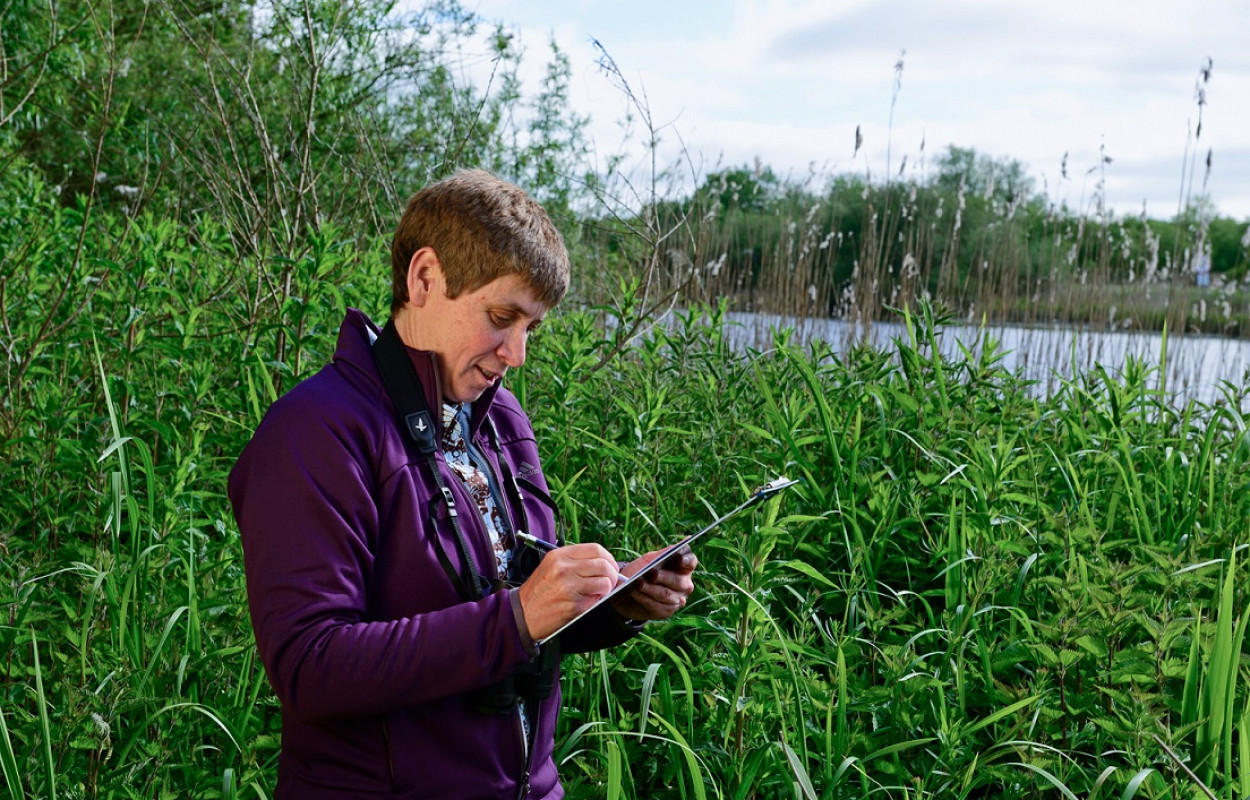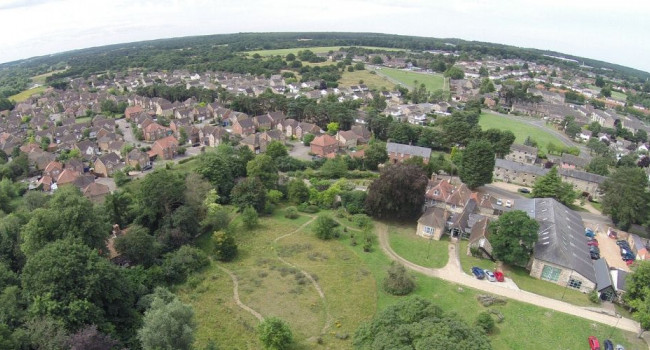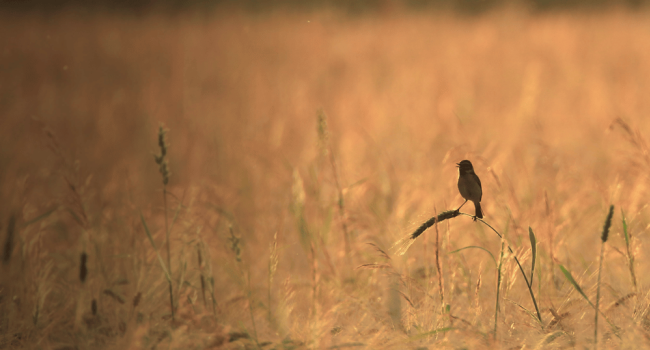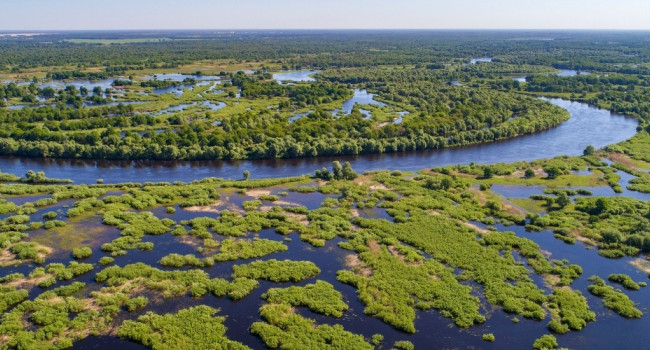An assessment of relative habitat use as a metric for species’ habitat association and degree of specialization

Author(s): O'Reilly, E., Gregory, R.D., Aunins, A., Brotons, L., Chodkiewicz, T., Escandell, V., Foppen, R.P.B., Gamero, A., Herrando, S., Jiguet, F., Kålås, J.A., Kamp, J., Klvaňová, A., Lehikoinen, A., Lindström, Å., Massimino, D., Jostein Øien, I., Reif, J., Šilarová, E., Teufelbauer, N., Trautmann, S., van Turnhout, C., Vikstrøm, T., Voříšek, P. & Butler, S.J.
Published: February 2022
Journal: Ecological Indicators Volume: 135
Article No.: 108521
Digital Identifier No. (DOI): 10.1016/j.ecolind.2021.108521
Abstract
In order to understand species’ sensitivity to habitat change, we must correctly determine if a species is associated with a habitat or not, and if it is associated, its degree of specialization for that habitat. However, definitions of species’ habitat association and specialization are often static, categorical classifications that coarsely define species as either habitat specialists or generalists and can fail to account for potential temporal or spatial differences in association or specialization. In contrast, quantitative metrics can provide a more nuanced assessment, defining species’ habitat associations and specialization along a continuous scale and accommodate for temporal or spatial variation, but these approaches are less widely used. Here we explore relative habitat use (RHU) as a metric for quantifying species’ association with and degree of specialization for different habitat types. RHU determines the extent of a species’ association with a given habitat by comparing its abundance in that habitat relative to its mean abundance across all other habitats. Using monitoring data for breeding birds across Europe from 1998 to 2017; we calculate RHU scores for 246 species for five habitat types and compared them to the literature-based classifications of their association with and specialization for each of these habitats. We also explored the temporal variation in species’ RHU scores for each habitat and assessed how this varied according to association and degree of specialization. In general, species’ RHU and literature-derived classifications were well aligned, as RHU scores for a given habitat increased in line with reported association and specialization. In addition, temporal variation in RHU scores were influenced by association and degree of specialization, with lower scores for those associated with, and those more specialized to, a given habitat. As a continuous metric, RHU allows a detailed assessment of species’ association with and degree of specialization for different habitats that can be tailored to specific temporal and/or spatial requirements. It has the potential to be a valuable tool for identifying indicator species and in supporting the design, implementation and monitoring of conservation management actions.
Staff Author(s)







Share this page